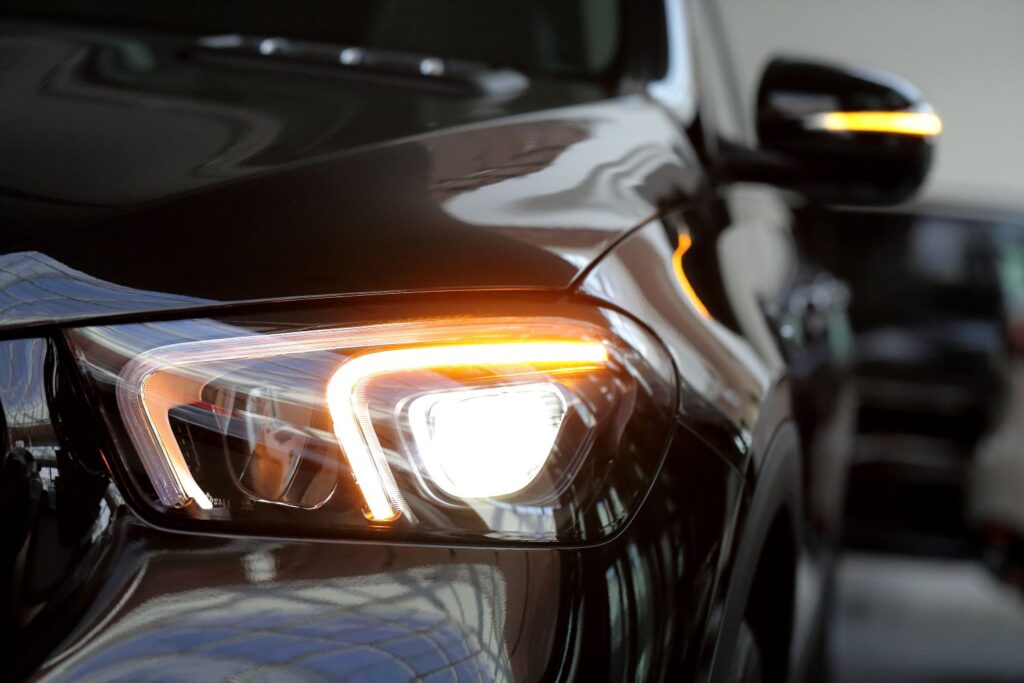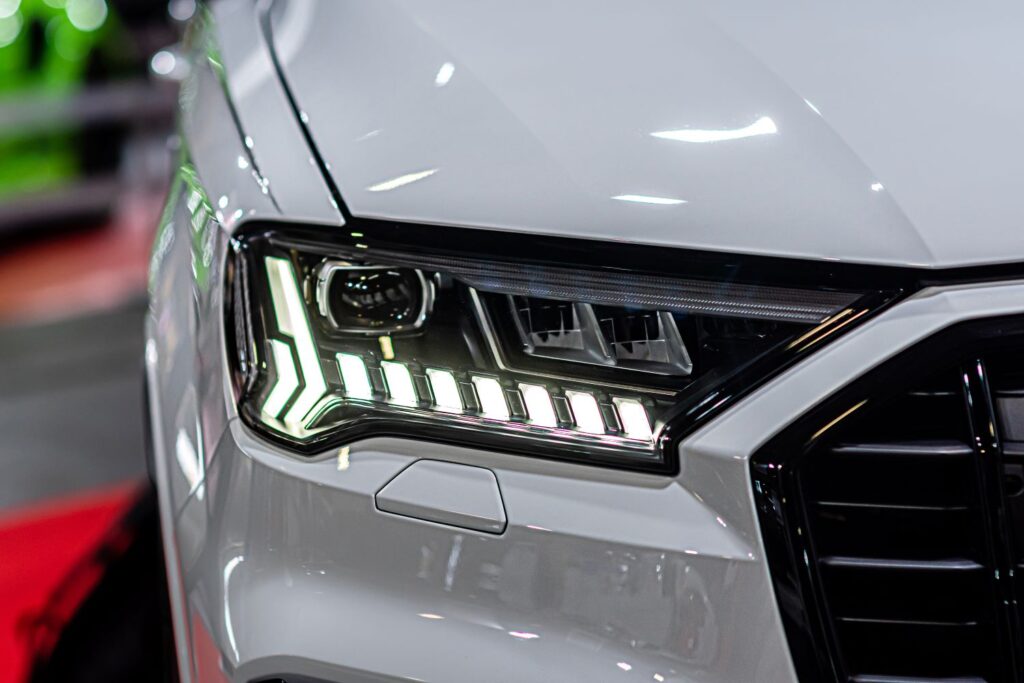You’ve probably noticed your headlights and tail lights get hot after using them for a long time. This is because the bulbs of your vehicle lights don’t just produce light, they generate heat too. However, some light bulbs can get much hotter than others.
Too much heat can shorten the lifespan of your vehicle lights. Learn about how hot different types of light bulbs can get so you can take better care of your vehicle lights.
How Hot Does a Light Bulb Get?
All light bulbs get hot, but how hot they get varies on several factors including the bulb type, the bulb’s age, and how long it’s turned on.

Halogen Bulbs
Halogen lights are still the most common lights you’ll find on most vehicles today. They produce light when an electrical current passes through their tungsten filament. With the help of a small amount of halogen gas, the filament heats up and emits light.
Halogen bulbs can get as hot as 1300℉. Because of this, it’s important to never touch the bulbs with your bare hands especially after they’ve been in use. The natural oils from your skin can cause the bulb to break, especially when it’s hot. For your own safety, use disposable latex or nitrile gloves when replacing your vehicle’s bulbs.

HID Bulbs
Also known as xenon lights, high-intensity discharge (HID) bulbs are crisper and brighter than halogen lights. Unlike most electrical bulbs, HID lamps don’t use a filament. Instead, they have two electrodes inside a tube filled with xenon gas. When an electrical discharge passes between the electrodes, the HID bulb creates a light so bright it appears bluish white.
Compared to halogen bulbs, xenon bulbs produce more light with less heat. HID headlights can convert 70% of their energy into light, with only 30% turning into heat. This makes them more efficient and less likely to overheat.
LED Bulbs
Light-emitting diode (LED) bulbs are the most energy efficient among the different types of bulbs. They also work over 250 times faster than halogen bulbs. This is why you’ll find plenty of vehicles with LED headlights, tail lights, and brake lights.
LED bulbs can reach a temperature of around 140°F to 212°F, but it can vary depending on the bulb. Vehicles with LED headlights usually have heat sinks or cooling fans to regulate the heat and minimize the chances of overheating.

Car Light Bulb FAQ
All light bulbs get hot, including LED bulbs. However, how much heat they produce will vary greatly depending on several factors including bulb type, wattage, and length of time it’s turned on. For instance, while LED lights don’t produce a lot of heat, you’ll most likely still find them a little warm after using them for a long time.
Too much heat can cause your headlights and tail lights to dim, flicker, or just perform poorly in general. Halogen bulbs and HID bulbs burn out faster than LED bulbs because they reach higher temperatures. Excessive heat can also damage the parts surrounding the bulbs. Thankfully, this isn’t usually a problem for LED headlights since they don’t get hot enough to melt the plastic housing.
How often you need to change your vehicle’s light bulbs will depend on the bulb’s lifespan, which can vary on its type, brand, and how often you use it. For instance, if you have halogen headlights, you’ll most likely have to replace them more often. Most halogen bulbs only last around 450 to 1,000 hours.
Meanwhile, HID bulbs can last longer at an average of 2,000 hours. LED bulbs have the longest lifespan of 11,000 hours. This can be more convenient if you don’t want to replace your vehicle lights often.
Cleaning your vehicle lights, their heat sinks, and cooling fans can also help extend their lifespan. You can check your owner’s manual for more information about maintaining your vehicle lights.
Where to Get Halogen Bulbs for Your Vehicle
Dealing with burned-out headlight bulbs can be frustrating. It can even put you in danger should you decide to drive without functioning bulbs. For your safety, always make sure that your lighting system has working halogen bulbs. And when it’s time to shop for top-notch replacements, look no further than CarParts.com.
We have a wide selection of OE-grade halogen bulbs designed to last a long time. These lights come as direct-fit replacements for your daily driver, so there’s no need to worry about getting the wrong size. Simply enter your vehicle’s year, make, and model into our vehicle selector to browse the compatible halogen bulbs for your ride.
With only a few clicks, you’ll be ready to check out in no time. Get your order delivered straight to your doorstep in as fast as two business days thanks to our strategically located warehouses across the US.
Here at CarParts.com, we offer the best prices, too. All our products come with a low-price guarantee to help you get the best value for your money.
There’s no better place to shop for high-quality automotive bulbs. Order your new bulbs from our website or mobile app today!
Any information provided on this Website is for informational purposes only and is not intended to replace consultation with a professional mechanic. The accuracy and timeliness of the information may change from the time of publication.






























